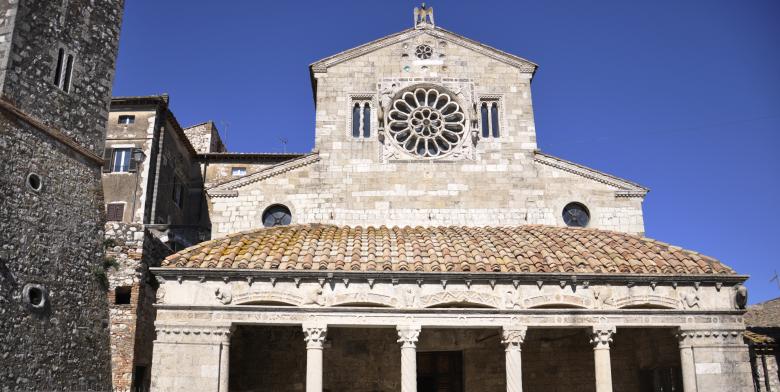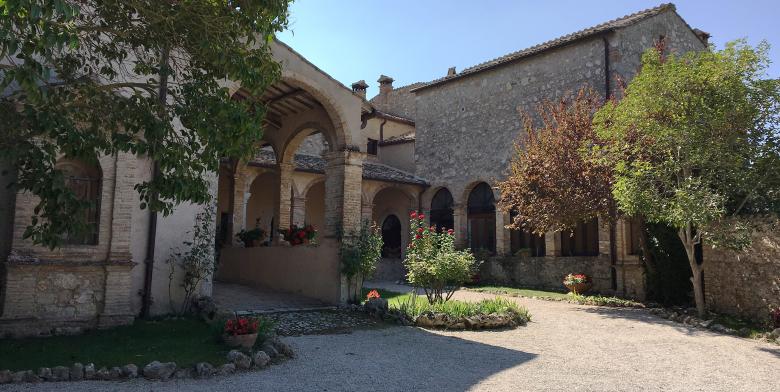Lugnano in Teverina and kid’s secrets of the necropolis
This is an history “of fear” which starts from an old Roman mansion turned into a children cemetery buried inside amphorae and an history of a “vampire” little girl found with a stone in her mouth.
If you want to know more, visit the civic archaeological Museum of Lugnano in Teverina where, among the other finds, are exposed several of disturbing burials discovered in the site of Poggio Gramignano, 5 kilometers from the village. Our history starts from here, in this mysterious area set in the Tiber valley, which the Municipality quickly turn into an archaeological cultural teaching park accessible to all.
The incredible discovery of the American archaeologist Soren
In 1989 the American archaeologist David Soren with the University of Arizona brought to light right in this valley some remains of a Roman country villa of the I century B.C.: a distinctly rich and complex architectural building with a surface of about 2000 square meters, with some spaces destined to otium (leisure time) of the dominus (lord) and several service areas used for agricultural production and for animal husbandry.
Further excavations showed that the villa, collapsed in III century A.D., was subsequently turned into a kids cemetery. Soren, indeed, identified in five villa’s rooms the remains of 60 little bodies, for the most part newborn, dating back to the V century A.D. and almost all placed inside the amphorae: a very popular burial during the imperial age and mainly used for children who belonged to poorer classes.
The malarial parasite, cause of the massacre
While the news of the incredible discovery travelled around the world, the team of the American archaeologist speculated children were affected by a malaria epidemic. A theory most plausible considering that this infection, transmitted by mosquitoes in marshy areas in the middle of V century A.D., haunted the place where today is located Lugnano in Teverina. Soren confirmed recently his hypothesis, finding a substance on the small bones remains – the hemozoin – exactly derived from mosquito bites.
































